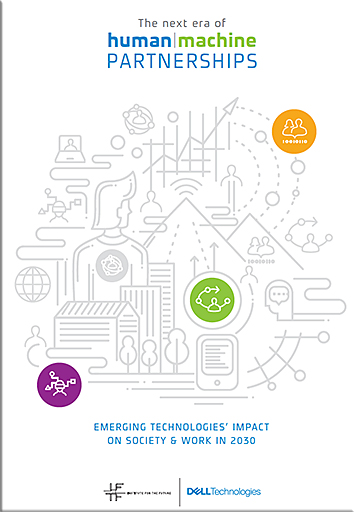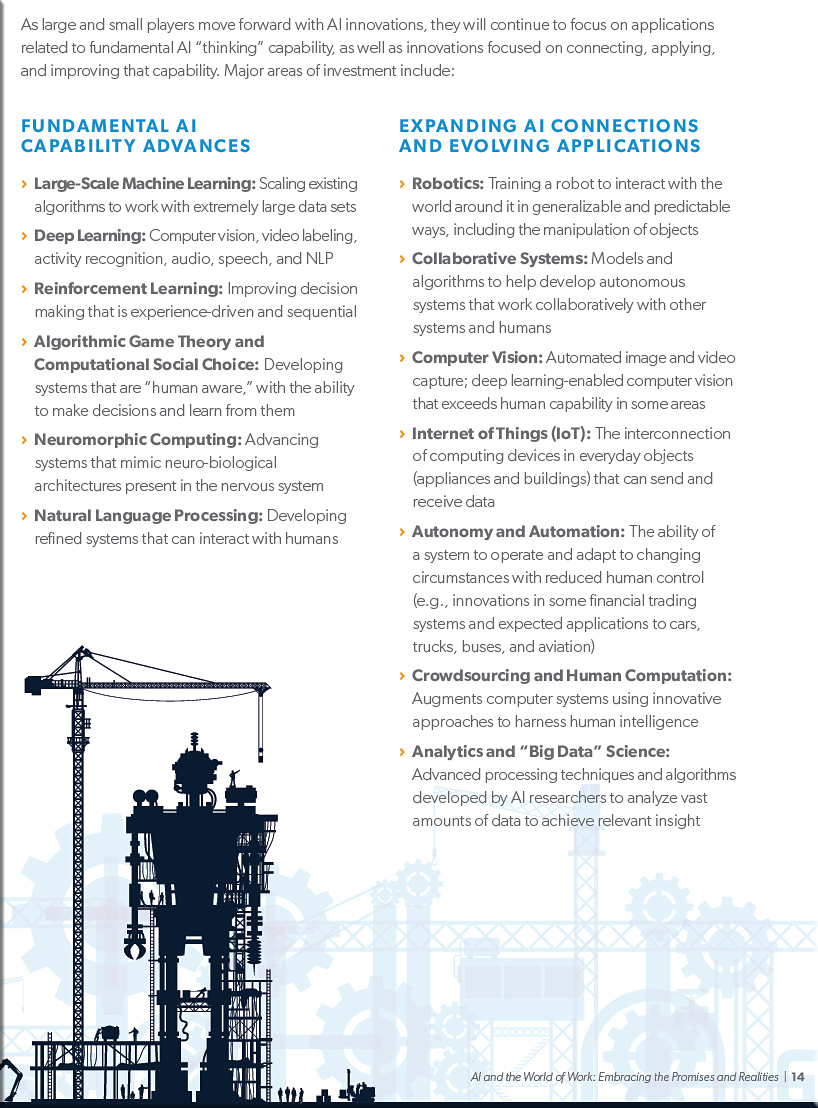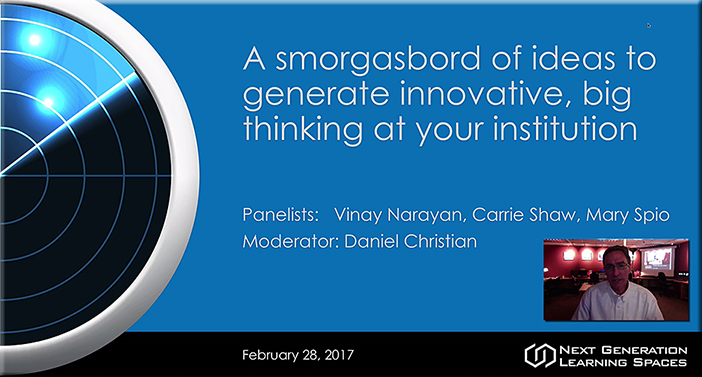The next era of human|machine partnerships
From delltechnologies.com by the Institute for the Future and Dell Technologies
From DSC:
Though this outlook report paints a rosier picture than I think we will actually encounter, there are several interesting perspectives in this report. We need to be peering out into the future to see which trends and scenarios are most likely to occur…then plan accordingly. With that in mind, I’ve captured a few of the thoughts below.
At its inception, very few people anticipated the pace at which the internet would spread across the world, or the impact it would have in remaking business and culture. And yet, as journalist Oliver Burkeman wrote in 2009, “Without most of us quite noticing when it happened, the web went from being a strange new curiosity to a background condition of everyday life.”1
In Dell’s Digital Transformation Index study, with 4,000 senior decision makers across the world, 45% say they are concerned about becoming obsolete in just 3-5 years, nearly half don’t know what their industry will look like in just three years’ time, and 73% believe they need to be more ‘digital’ to succeed in the future.
With this in mind, we set out with 20 experts to explore how various social and technological drivers will influence the next decade and, specifically, how emerging technologies will recast our society and the way we conduct business by the year 2030. As a result, this outlook report concludes that, over the next decade, emerging technologies will underpin the formation of new human-machine partnerships that make the most of their respective complementary strengths. These partnerships will enhance daily activities around the coordination of resources and in-the-moment learning, which will reset expectations for work and require corporate structures to adapt to the expanding capabilities of human-machine teams.
…
For the purpose of this study, IFTF explored the impact that Robotics, Artificial Intelligence (AI) and Machine Learning, Virtual Reality (VR) and Augmented Reality (AR), and Cloud Computing, will have on society by 2030. These technologies, enabled by significant advances in software, will underpin the formation of new human-machine partnerships.
…
On-demand access to AR learning resources will reset expectations and practices around workplace training and retraining, and real-time decision-making will be bolstered by easy access to information flows. VR-enabled simulation will immerse people in alternative scenarios, increasing empathy for others and preparation for future situations. It will empower the internet of experience by blending physical and virtual worlds.
Already, the number of digital platforms that are being used to orchestrate either physical or human resources has surpassed 1,800.9 They are not only connecting people in need of a ride with drivers, or vacationers with a place to stay, but job searchers with work, and vulnerable populations with critical services. The popularity of the services they offer is introducing society to the capabilities of coordinating technologies and resetting expectations about the ownership of fixed assets.
Human-machine partnerships won’t spell the end of human jobs, but work will be vastly different.
…
The U.S. Bureau of Labor Statistics says that today’s learners will have 8 to 10 jobs by the time they are 38. Many of them will join the workforce of freelancers. Already 50 million strong, freelancers are projected to make up 50% of the workforce in the United States by 2020.12 Most freelancers will not be able to rely on traditional HR departments, onboarding processes, and many of the other affordances of institutional work.
By 2030, in-the-moment learning will become the modus operandi, and the ability to gain new knowledge will be valued higher than the knowledge people already have.










![The Living [Class] Room -- by Daniel Christian -- July 2012 -- a second device used in conjunction with a Smart/Connected TV](http://danielschristian.com/learning-ecosystems/wp-content/uploads/2012/07/The-Living-Class-Room-Daniel-S-Christian-July-2012.jpg)





















